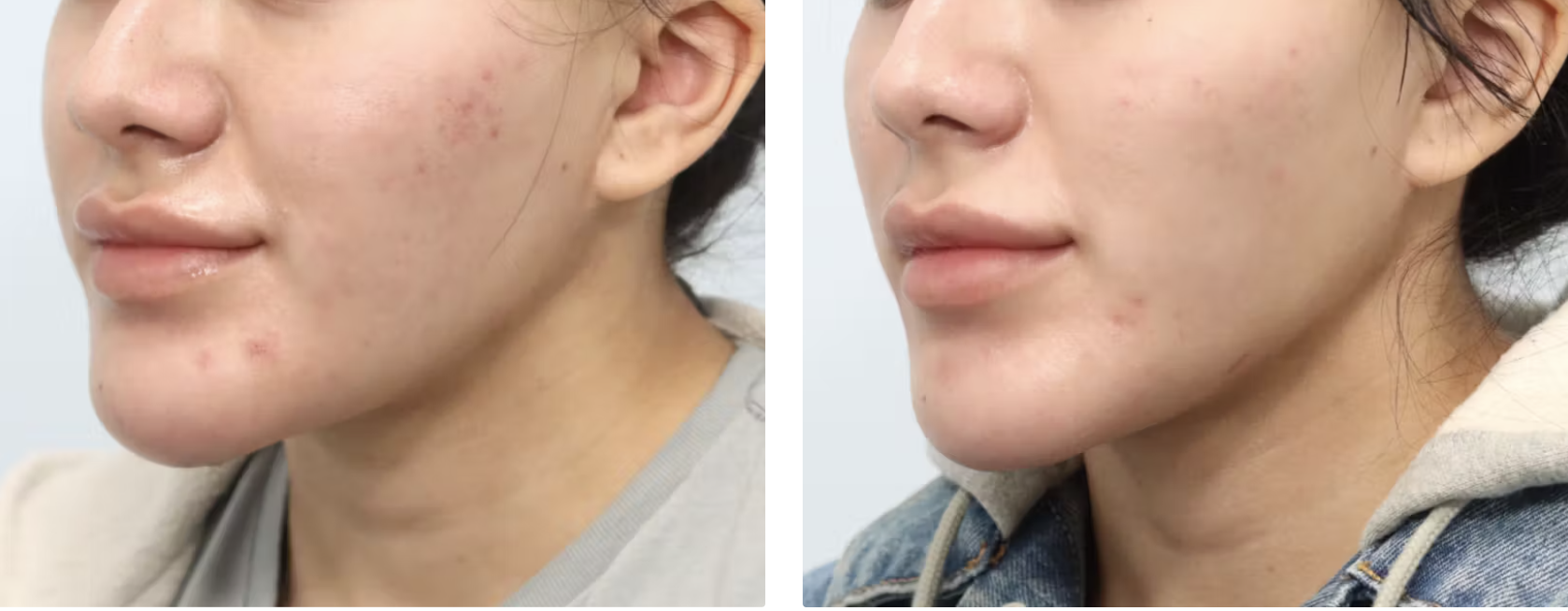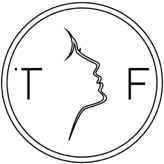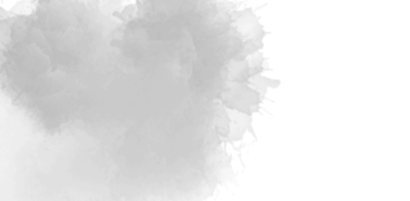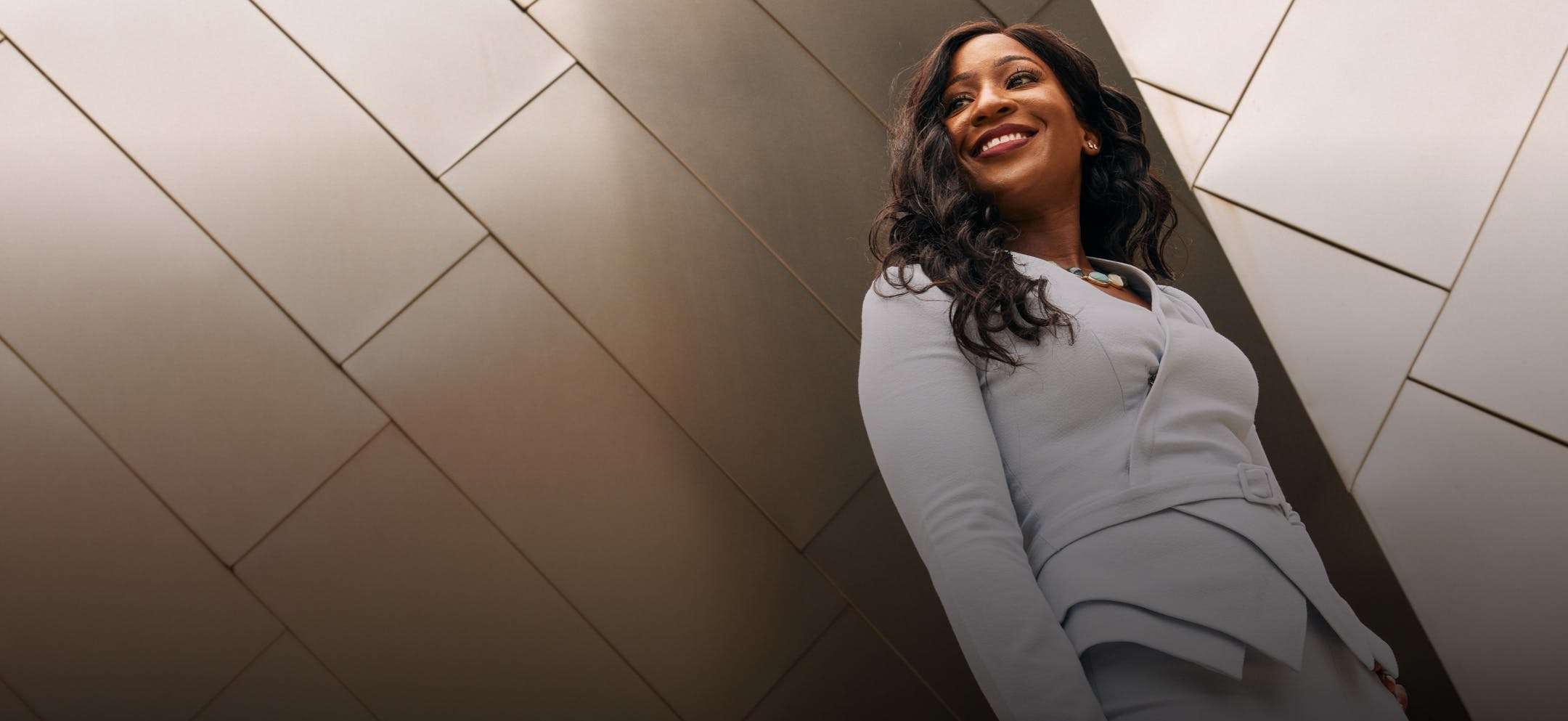
Rhinoplasty, commonly known as a nose job, is a surgical intervention designed to refine and improve the aesthetics of the nose. While this surgery can provide remarkable results, understanding the rhinoplasty recovery process is crucial for a smooth healing journey.
Dr. Sulyman-Scott utilizes her extensive experience to help patients achieve their cosmetic goals through Rhinoplasty. She ensures that all of her patients have a comfortable recovery period. Read on to learn more about what this entails.
Immediate postoperative period:
Immediately following a rhinoplasty, the patient is closely monitored in the recovery room. It's normal to experience some grogginess and mild discomfort during this time. You may have dressings and a splint on your nose, which are essential for maintaining the new shape, reducing tissue swelling, and protecting the surgical site.
First few days:
Swelling and bruising: Swelling and bruising around the nose and eyes are common during the initial days of recovery. The swelling and bruising typically peak around the second or third day after surgery but gradually subside in the following weeks.
Pain management: You might encounter mild to moderate pain or discomfort, which can be effectively managed with over-the-counter or prescription pain medication. The prescription medication is usually not needed after the third day. It's essential to follow your surgeon's instructions for medication usage carefully. Dr. Sulyman-Scott provides her patients with detailed directions on medication usage.
Nasal congestion: Congestion is expected after rhinoplasty due to swelling and possible internal splints. This can affect your ability to breathe through your nose, so you might need to breathe through your mouth temporarily. If splints are placed in your nose, the nasal congestion usually improves significantly once the splints are removed.
First week:
Stitches and splint removal: Your surgeon will remove any external stitches and the nasal splint during the first week, typically around the sixth or seventh day after surgery. This is often a relieving moment for patients as it marks the beginning of a more natural appearance.
First month:
Residual swelling: While most of the initial swelling and bruising will have dissipated, you may still experience some residual swelling in the first month. The final results of your rhinoplasty won't be fully visible until this swelling has completely resolved.
Return to normal activities: Depending on your individual healing progress, you can typically return to work or school within the first week to ten days. However, it's essential to avoid strenuous physical activity or exercise for a couple of weeks as directed by your surgeon.
Longer-term recovery:
Scar healing: Closed rhinoplasty usually involves incisions made inside the nostrils, resulting in no visible external scars. An open rhinoplasty involves a small external incision and incisions inside the nostrils. Over time, the incisions become virtually unnoticeable.
Final results: The final results of your rhinoplasty may take several months to a year to fully emerge as your nose settles into its new shape. It's crucial to remain patient during the healing process.
Tips for a smooth rhinoplasty recovery:
Follow your surgeon's instructions: Adhere to all postoperative instructions provided by your surgeon, including medication schedules, wound care, and activity restrictions.
Stay hydrated: Drink plenty of water to aid in the healing process and maintain well-hydrated skin.
Elevate your head: Keeping your head elevated during sleep can help reduce swelling and improve overall comfort.
Avoid alcohol and smoking: These substances can hinder the healing process and should be avoided during recovery.
Healthy diet: Consume a balanced diet rich in vitamins and minerals to support your body's healing efforts.
Avoid sun exposure: Protect your nose from direct sunlight to prevent potential discoloration of healing tissues.

That Face will help you navigate your rhinoplasty recovery
Rhinoplasty is a transformative procedure that requires time and patience for a full recovery. By understanding what to expect during each phase of your rhinoplasty recovery and following your surgeon's guidance diligently, you can achieve the best possible results and enjoy your newly enhanced appearance. Remember that each individual's healing process is unique, so it's essential to communicate openly with your surgeon throughout your recovery journey.
Dr. Omotara Sulyman-Scott proudly provides her patients with the information and preparation they need to enjoy a comfortable and mild healing process. Contact us today to learn more about our rhinoplasty procedures.


